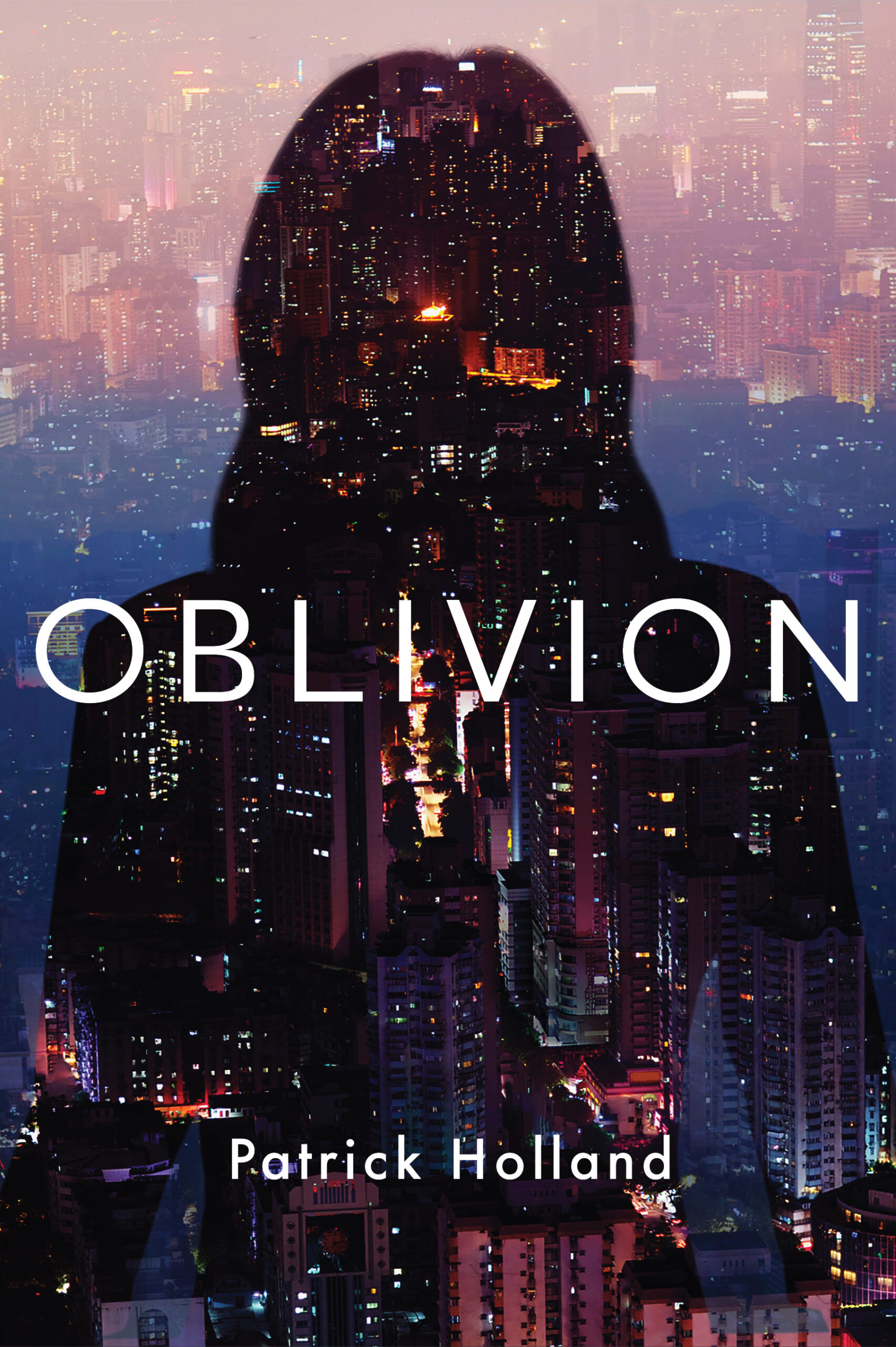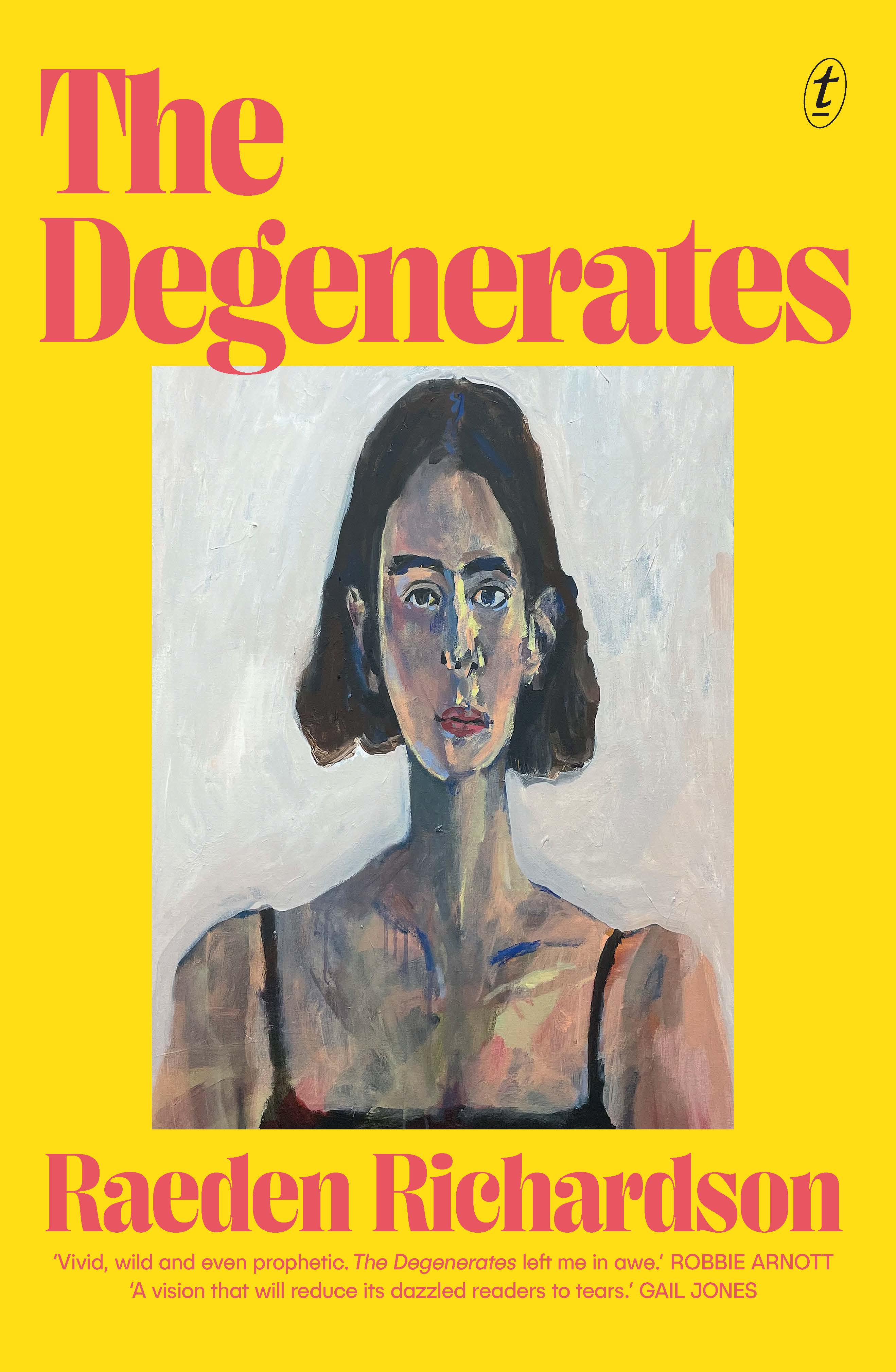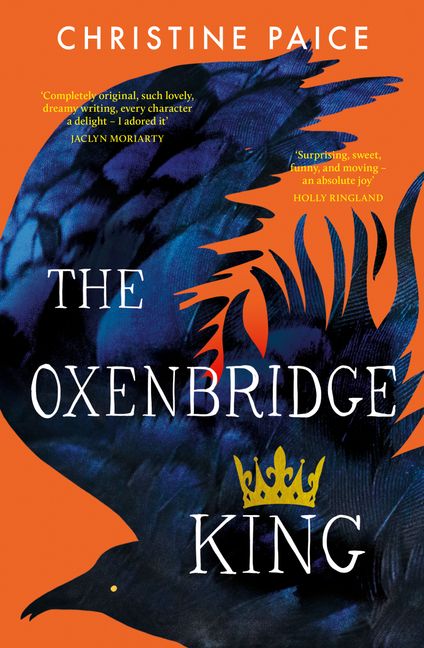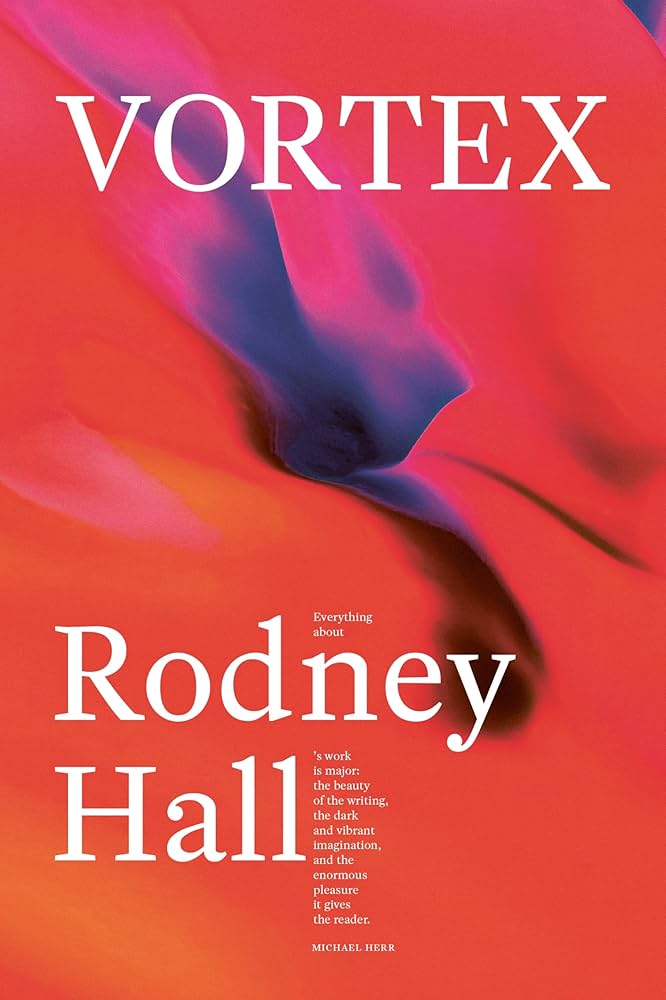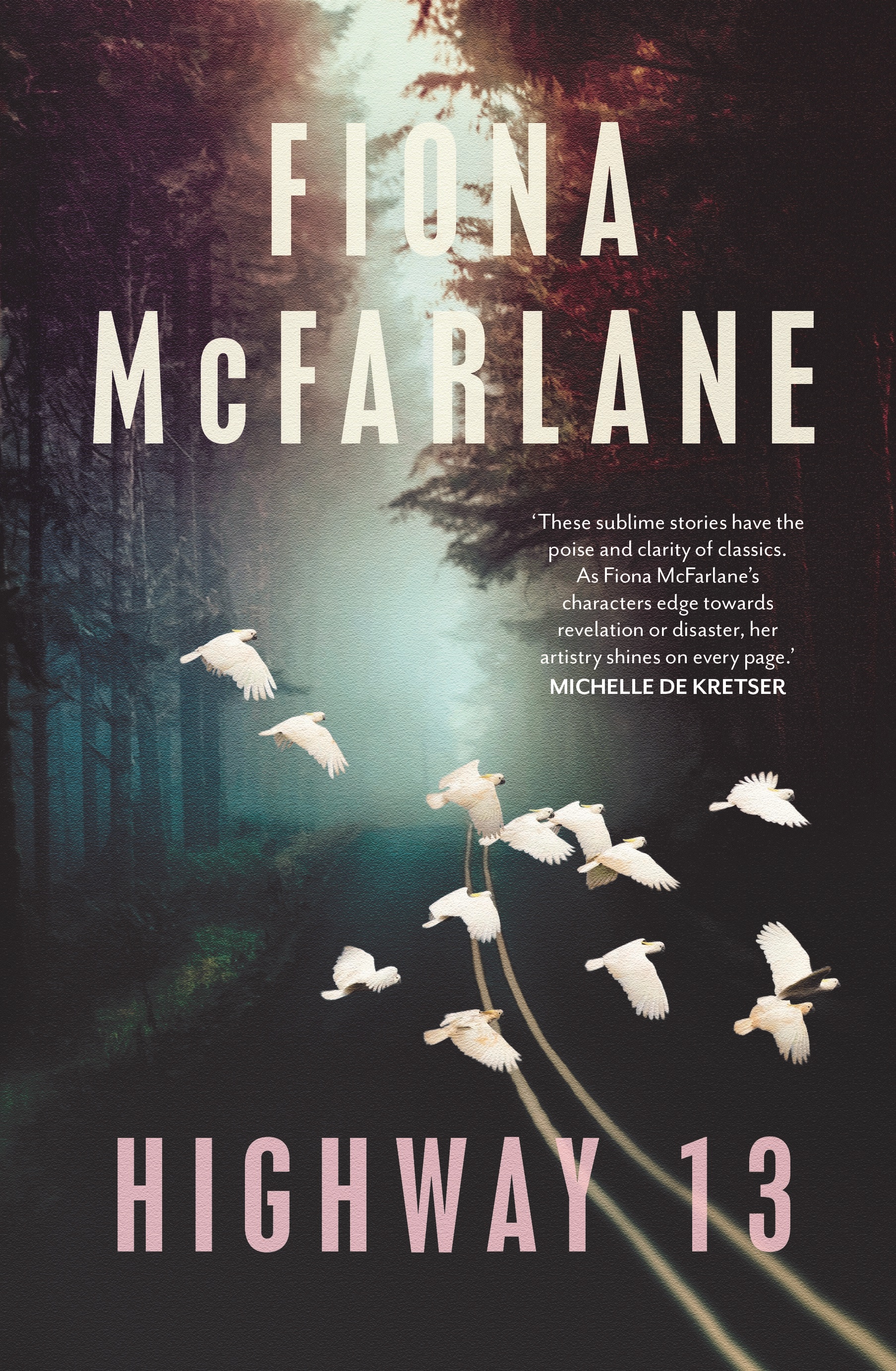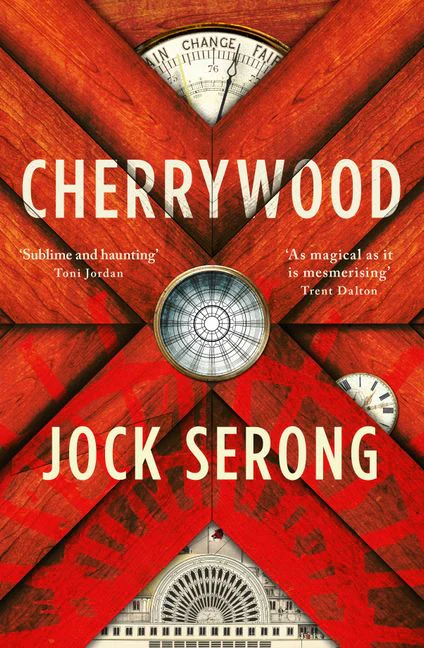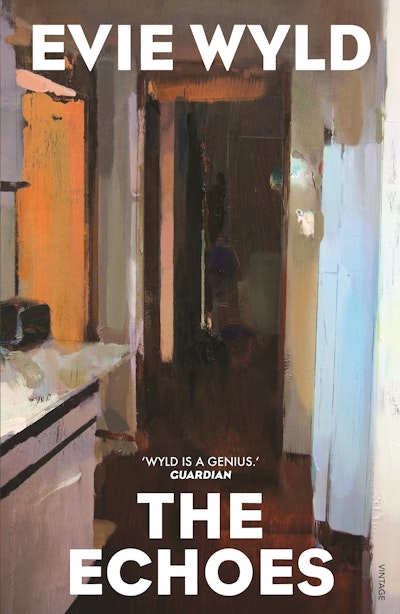Fiction
He wakes in a city, briefly unsure which one. Already adrift. They have all begun to look alike, possessing the same anonymous modern functionality. Characterless, sleek. Architectural Esperanto, he calls it, ‘anonymous, with nothing to exclaim but their speed of construction and size’. His day is business: Asian multinationals, large sums of money. A curious vagueness to proceedings – the bigger the sums, the more abstract the work. He is little more than an intermediary. Home is an interchangeable hotel room on a high floor, but there’s always some trust-fund entrepreneur or high-powered businessman to remind him of his place. Night is drinking, piano bars, women of the night. Time itself is a kind of fluid construct, landing nowhere in particular. (‘No tense. Like the airports, what was is and will be.’) Only one place of possible return matters to him, and one courtesan there. Saigon. Tien. He is nameless and will remain so beyond the novel’s final page.
... (read more)Recent decades have seen no shortage of what might broadly be called diasporic Australian novels. Works by Brian Castro and Michelle de Kretser, among others, come to mind. Raeden Richardson adds fruitfully to this tradition with his complex début novel, The Degenerates, which sets out from then-Bombay and journeys to the streets of Melbourne and New York. It is not quite a ‘constellation novel’ (the term coined by Polish novelist Olga Tokarczuk), in which textual fragments and polyphonic voices build a narrative. Richardson nevertheless offers a series of story threads that slowly accumulate and nudge the boundaries of conventional form and storytelling.
... (read more)There is a great deal going on in Christine Paice’s new novel, The Oxenbridge King. In this narrative, we meet the troubled soul of Richard III (1452-85), unable to find rest, a contemporary young woman who struggles with loss and misjudged relationships, an angel emerging from his chrysalis after being trapped for centuries in the cellar of the family home, and a talking bird that operates as a link between characters, places, times. In what can feel like dreamlike jolts, the parallel immediacies of 500 years ago and today keep warping and collapsing into each other.
... (read more)The title of Rodney Hall’s thirteenth novel, Vortex, means to convey something of its considerable formal and thematic ambitions. The implicit promise is that its various elements, however fragmented or disparate they may seem, will converge with the swirling inexorability of a whirlpool or a black hole. As a dynamic metaphor for the novel’s wide-ranging vision of history, the title might be interpreted as the opposite of a widening gyre, a repudiation of the terrifying prospect of mere anarchy, an affirmation of the idea that there is a shape (and indeed a gravity) to events that grants them a kind of coherence, though the fact that the ordering centre of a vortex is also the point of annihilation is hardly reassuring.
... (read more)Jorge Luis Borges thought the appearance of a major new author or creative work should prompt a realignment of literature’s family tree. Fresh genealogies of influence suddenly manifested, while old antecedents could find themselves pruned to a nub. Borges knew that actions in the present can remake our sense of past and future both.
... (read more)Intertextual spins on Peter Carey’s 1988 novel Oscar and Lucinda may yet be finding new reading congregations. Carey’s progenitive postcolonial novel refuted landscapes empty of First Nations peoples, less jewel horizon than abject mire and macadam, along which the failed preacher Oscar and his party moved the components of a glass church overland and upriver to Edenic rural Bellingen. A metaphor of failed settler hopes and dreams, the fabulist glass church leitmotif is symbolic of white intrusion, as an omniscient Aboriginal narrator observes in the chapter savagely and simply entitled ‘Glass Cuts’.
... (read more)In an exquisite, braided narrative, Catherine McKinnon’s To Sing of War reanimates World War II in a paean to the environment. Set between December 1944 and August 1945, the narrators experience the ways ‘Violence is malleable, it is everywhere’, but find healing and resilience in ‘the heart of the earth’. Importantly, Virgil’s epic poem, The Aeneid, is the key intertext and provides the central conceit and structure for the novel. Where The Aeneid concerns the building of Rome after the destruction of Troy, closely linking the fates of the two cities, To Sing of War grapples with rebuilding lives in a post-atomic world.
... (read more)War by Louis-Ferdinand Céline, translated from the French by Charlotte Mandell
If Louis-Ferdinand Céline were around today, he would almost certainly be cancelled. So why publish a previously unknown fragment of his? Unlike some writers, whose views are inferred from their work, Céline’s anti-Semitism was beyond doubt, if at times a little confused. He wrote two anti-Semitic novels and a pamphlet, and associated with collaborators and Nazis. He was, however, not a card-carrying member of any political partyand did not subscribe to fascist ideology, beyond the notion of the expulsion of the Jews from France. He certainly didn’t believe in the possibility of some master race. Humans are vile, was his central belief. As the character Ferdinand says in War: ‘Your instinct is never wrong when it faces the ghastliness of man [sic].’
... (read more)In the opening pages of Michelle See-Tho’s début novel, Jade and Emerald, an unnamed narrator is avoiding someone’s gaze. That someone is ‘pristine, poised like a goddess’ to the narrator’s vision of herself: haircut ‘like an eight-year-old boy’s’, smudged make-up, dress the wrong colour. There is a secret between these two young women, blown open by the prologue’s end.
... (read more)When we first meet Max in Evie Wyld’s The Echoes, he is dead. He does not believe in ghosts, he tells us, yet that it precisely what he is: ‘a transparent central nervous system floating about like a jellyfish’. Max lingers in the house he shared with his partner, Hannah. He tries to make his presence felt, to signal to Hannah that he is still there, but he lacks any supernatural ability. Hannah moves on with her life, and all Max can do is ‘watch as the flat becomes the home of others – the moths, the spiders, the silverfish, the dust motes and … the leftovers of the dead’.
... (read more)

